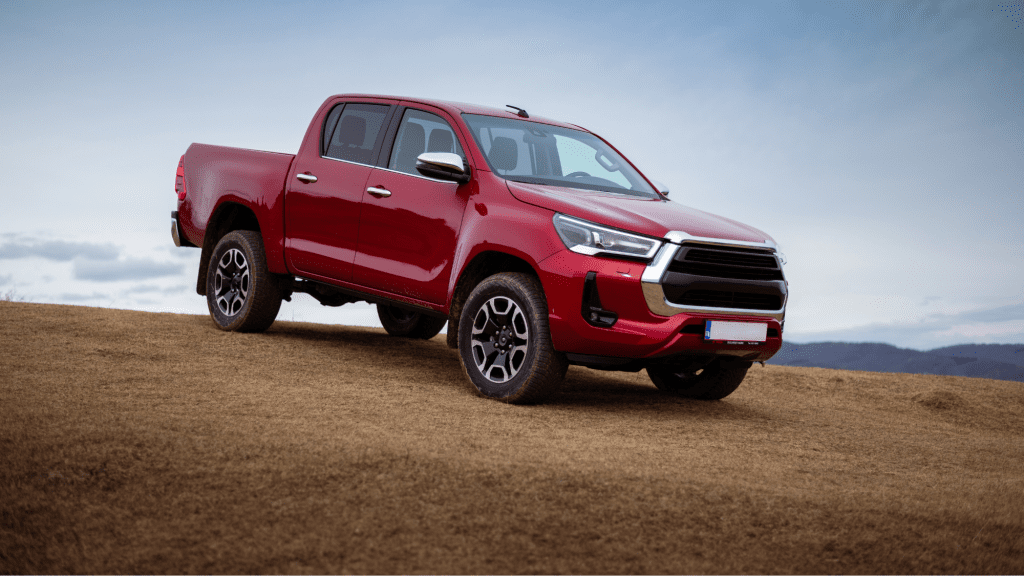10 tax planning strategies for businesses in 2024
As we near EOFY, start thinking about strategies that can help your business reduce taxable income. Learn more.
Division 296 – the proposed new tax on super balances over $3m – read our explainer
BG Private is an AFR Top 100 accounting, audit, and advisory firm.
We have a proud 45-year history. Learn more about our journey here.
Discover our client service ethos, and the philosophy that drives us.
Our experts can present on a range of topics. Find out more here.
Discover how our accounting and advisory services can help your business grow and reach its goals.
Find out how we can assist you with your audit, assurance, and statutory reporting requirements.
Learn how we can answer your complex tax questions with our specialist insights and advice.
Find out how our strategic and operational involvement can help your business maximise its value.
Learn how we generate healthy returns for investors by backing ambitious SME founders.
Discover how we can help maximise your property portfolio with insights, strategy, and transaction support.
See how our bookkeeping services can help your business run smoothly so you can focus on growth and profitability.
Discover all the ways we can help you navigate and optimise your tax matters.
Learn how we can answer your complex tax questions with our specialist insights and advice.
Discover how we can help with the administration of your Self-Managed Super Fund.
Find out how we can help you reach your financial goals.
Find out how we take care of the numbers so you can get back to playing the numbers.
Explore how we can take care of the books so that you can spend more time on your clients.
We can make your life easier while you make things for us all.
We can help you build your financial future while you help build Australia.
Learn how we can take care of the “boring but important” so you can focus on making magic.
Read up on all the services we have for you, so you can get back to serving your guests.
Learn how we partner you along your journey to help you create a thriving business.
Learn how we can help with your accounting and audit needs so you can focus on helping others.
Discover how we can help you every step of the way as you build a legacy-leaving family business.
We can help you navigate the exciting process of expanding overseas.
We can help you set up and run your operations Down Under.
Read the latest BG updates and interesting articles from our expert advisors.
See examples of how we have helped clients to learn how we can help you as well.
Get the latest insights from our experts on a range of topical money matters.
Discover our upcoming events including webinars, in-person events, and fundraisers.
Catch up on our recent client newsletters which cover important news and updates.
Find out how we can help grow your career, and learn about our rewards and benefits.
We are always looking for talented people! Browse our vacancies and apply today!
We like to make the recruitment process as seamless as possible. Learn more here.
Find out why BG Private is a great place for seasoned professionals.
Apply what you’ve been learning to real-world cases – launch your career with us!
If you’re studying Accounting, kick-start your career with an internship at BG Private.
It is common for employers to provide a dual-cab ute to their employee which may be used by the employee in varying degrees for work related purposes. Read more about the fringe benefits tax rules here.

The ATO has recently made it clear that they intend to review arrangements involving dual-cab utes to ensure compliance with fringe benefits tax (FBT) rules.
Firstly, a reminder that where an employer provides an employee with use of a dual-cab ute, the employer will be considered to have provided a fringe benefit to their employee.
Within the FBT legislation, there is a limited FBT exemption for the provision of dual-cab utes. However, in order to be exempt, the dual-cab ute must:
AND
The ATO have previously issued guidance that they will treat non-work related travel as minor and infrequent if the total amount of private use does not exceed 1,000 kilometres for the year and any particular private use return journey undertaken during the year did not exceed 200 kilometres.
If the amount of private use of the dual-cab ute does not qualify as minor and infrequent, the employer will have an FBT liability in relation to the provision of the dual-cab ute to their employee.
If the dual-cab ute is designed to carry a load of less than 1 tonne, FBT can be calculated using the statutory formula method or log-book method. In comparison, if the dual-cab ute is designed to carry a load of more than 1 tonne (which many do), FBT is calculated differently, in a way that is similar to the log-book method.
A taxpayer who owns a dual-cab ute and uses it for work can claim tax deductions:
One other point of note. The following types of dual-cab utes will not be subject to the depreciation cap limit of $68,108:
OR
We have experienced Tax Advisors and Accountants who can advise you on fringe benefits tax as it pertains to dual-cab utes.
Contact your BG Private advisor, or contact our Tax Advisory Partner, Tim Olynyk on +61 3 9810 0700 or and we can help.


